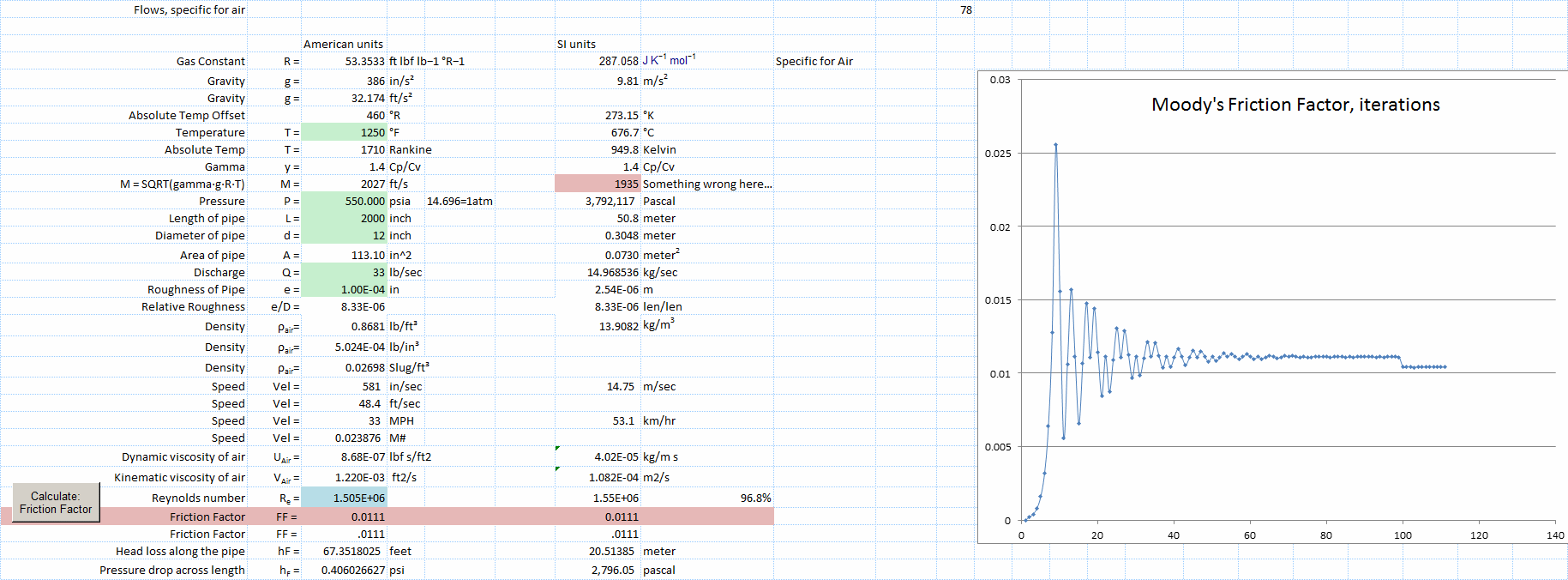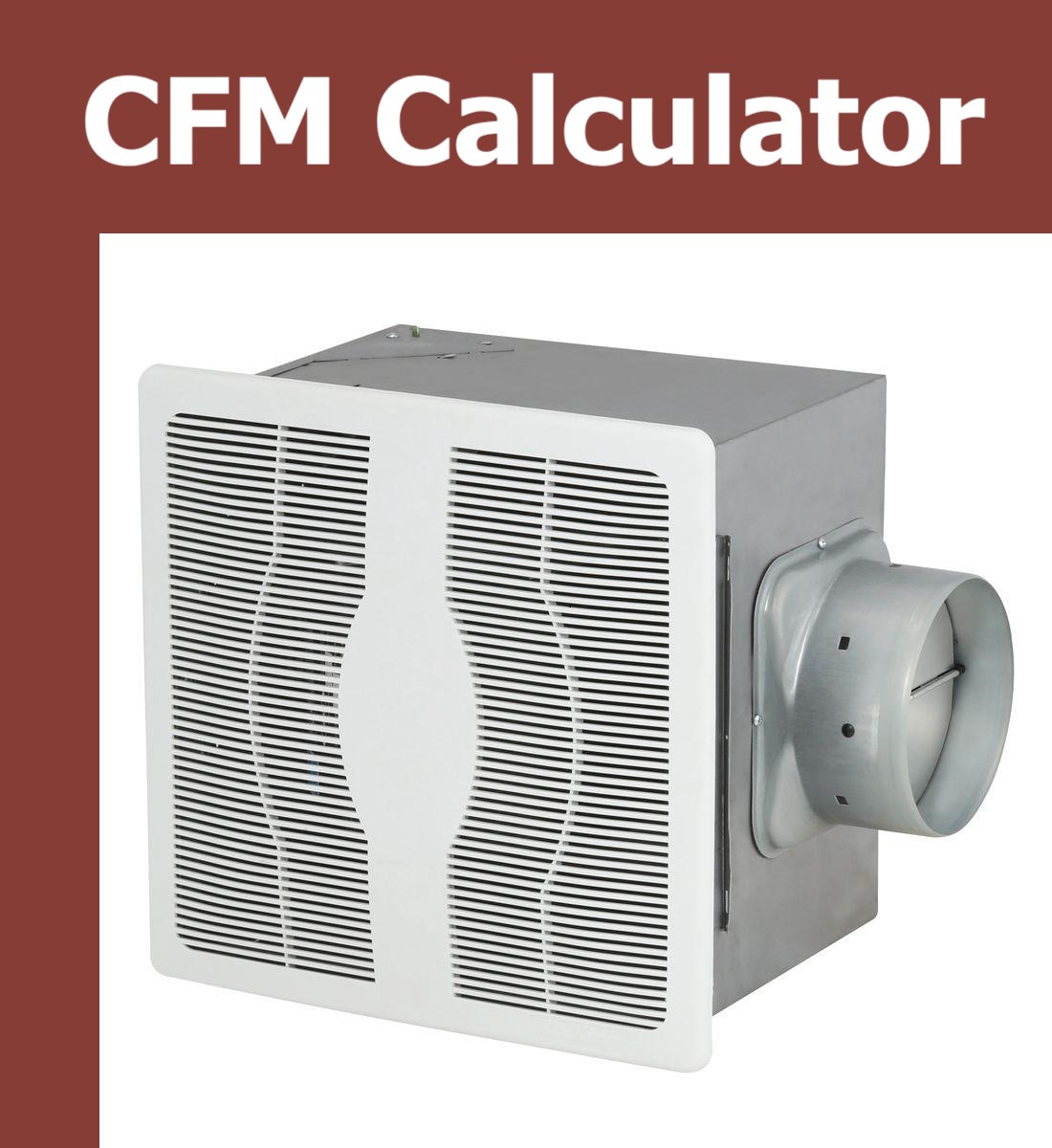
Conversely, if you bring in more air than you exhaust, the warehouse will be under positive pressure (inside pressure is more than atmospheric pressure). If you exhaust more air than you bring in, you will create a negative pressure condition in the warehouse (inside pressure is less than atmospheric pressure). It is important to properly balance exhaust and makeup air rates for the warehouse. These fans are located to promote air mixing within the room. In heated or air-conditioned warehouses with high ceilings, additional fans may be needed to combat air stratification, in which warm air rises to the ceiling and cooler air settles to the floor. Airflow patterns should be designed to remove indoor air contaminants from the breathing zone and keep air circulating through all parts of the facility for better temperature and humidity control. Another option would be to put exhaust fans along the center roof line and supply fans on both sidewalls to bring cool air in from the sides and exhaust warm air from the ceiling. For example, exhaust fans can be placed along one sidewall and supply fans or louvers along the opposite wall to create a continuous crossflow pattern. These can be positioned to create different airflow patterns in the space. Warehouse ventilation generally involves some combination of rooftop or sidewall exhaust fans, rooftop or sidewall supply fans, rooftop gravity vents and wall louvers. Once you figure out your optimal air change rate and CFM for your space, you then need to consider how you want air to flow through the space. (Q= the CFM of your system and Vol is total air volume of the space in cubic feet.) To calculate ACH from ventilation system CFM (or vice versa), use the following formula: ACH = 60Q/Vol. For example, if there are excessive fumes from material handling equipment, room refresh rates will need to be higher to compensate. However, this is a minimum rate and must be adjusted based on occupancy rates, indoor air quality and other factors.

For warehouses, the ASHRAE minimum ventilation rate is 0.06 CFM per square foot. ASHRAE sets minimum ventilation rates for commercial and institutional spaces (expressed in cubic feet per minute (CFM) of airflow per square foot of area) under the ANSI/ASHRAE Standard 62.1 guidelines, based on the space type, occupancy and room size. Air change rates for warehouses are typically set between 6 – 30 changes per hour. It is usually expressed as the air changes per hour (ACH) in a room. The room refresh rate (or air change rate) refers to the rate at which fresh outdoor air is introduced to the space. In some cases, indoor pollutants may be linked to the materials being stored, such as outgassing of volatile organic compounds (VOCs) from foams, paints and plastics, or dust from loose storage of bulk or powder materials. Deadly carbon monoxide and dangerous respirable particulate can build up in inadequately ventilated warehouse environments. In a warehouse environment, the largest contributor to indoor pollution is usually exhaust from material handling equipment. Indoor air quality (IAQ) refers to the levels of airborne pollutants in the facility air.

Warehouse ventilation is an important component of maintaining appropriate indoor temperatures and humidity levels. Other materials, such as construction materials, may be more forgiving. What is being stored in the space? What are the temperature and humidity requirements for proper storage? Some materials-like dry goods, paper products or pharmaceuticals-may require temperatures and humidity levels to stay within a defined range. The higher the occupancy rate, the longer the time people spend in the area, and the more strenuous the work demands, the more critical ventilation will be. How many people will be occupying the space, and how much time will they spend there? Proper warehouse ventilation is important to ensure the health, comfort and safety of the human beings who will be working in the space.
#Sf of louver per cfm airflow calculator how to#
Here are the terms you need to know-and how to improve the efficiency, effectiveness and sustainability of your ventilation solution. Industrial ventilation and air filtration are important considerations for warehouse design.


 0 kommentar(er)
0 kommentar(er)
